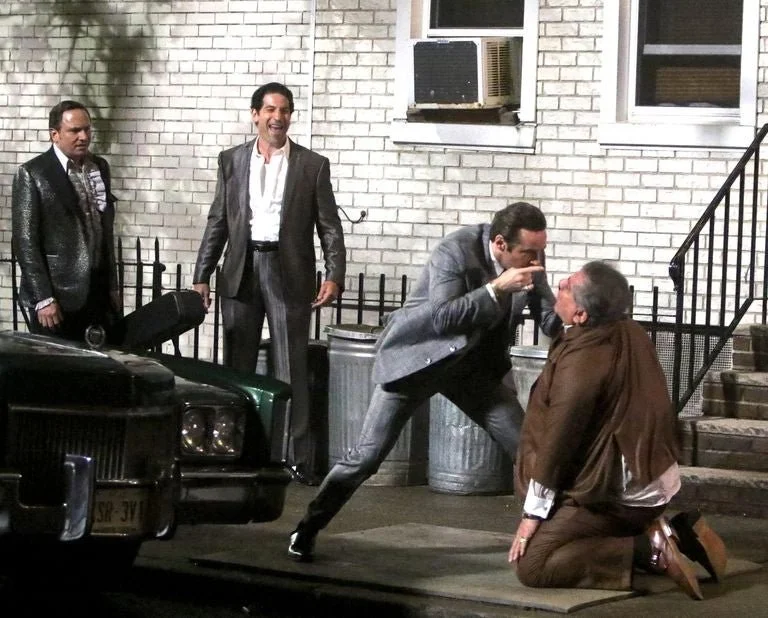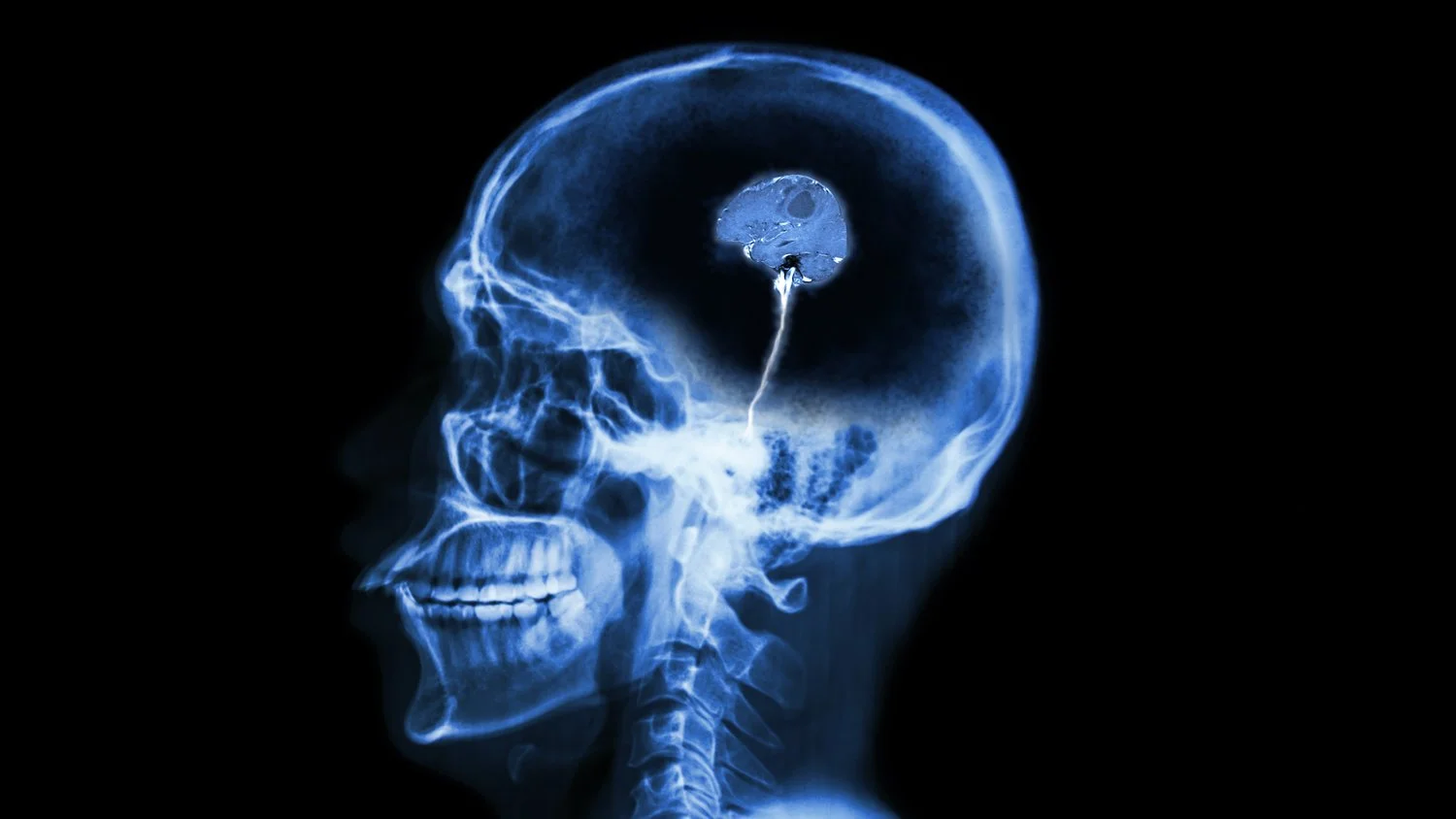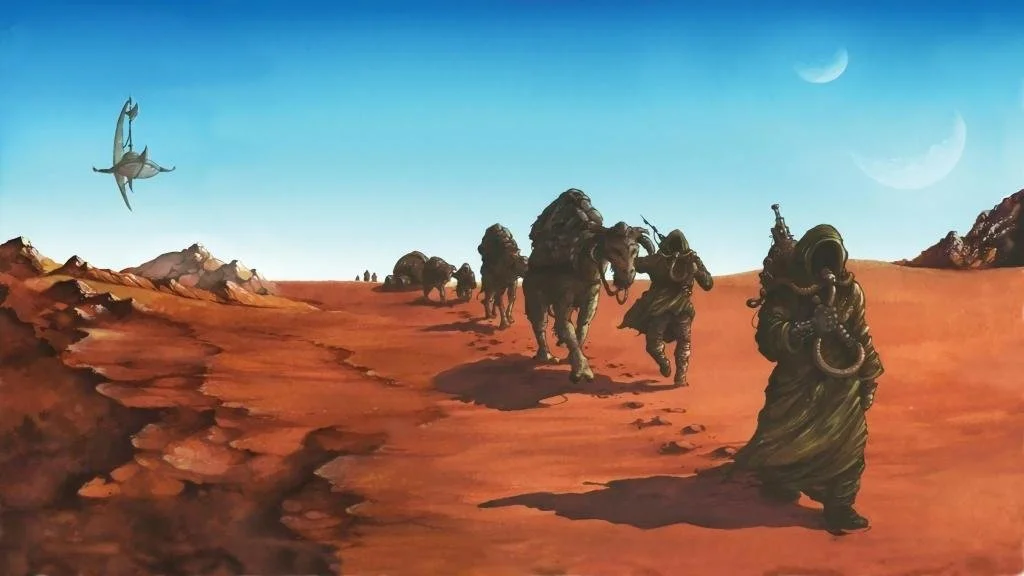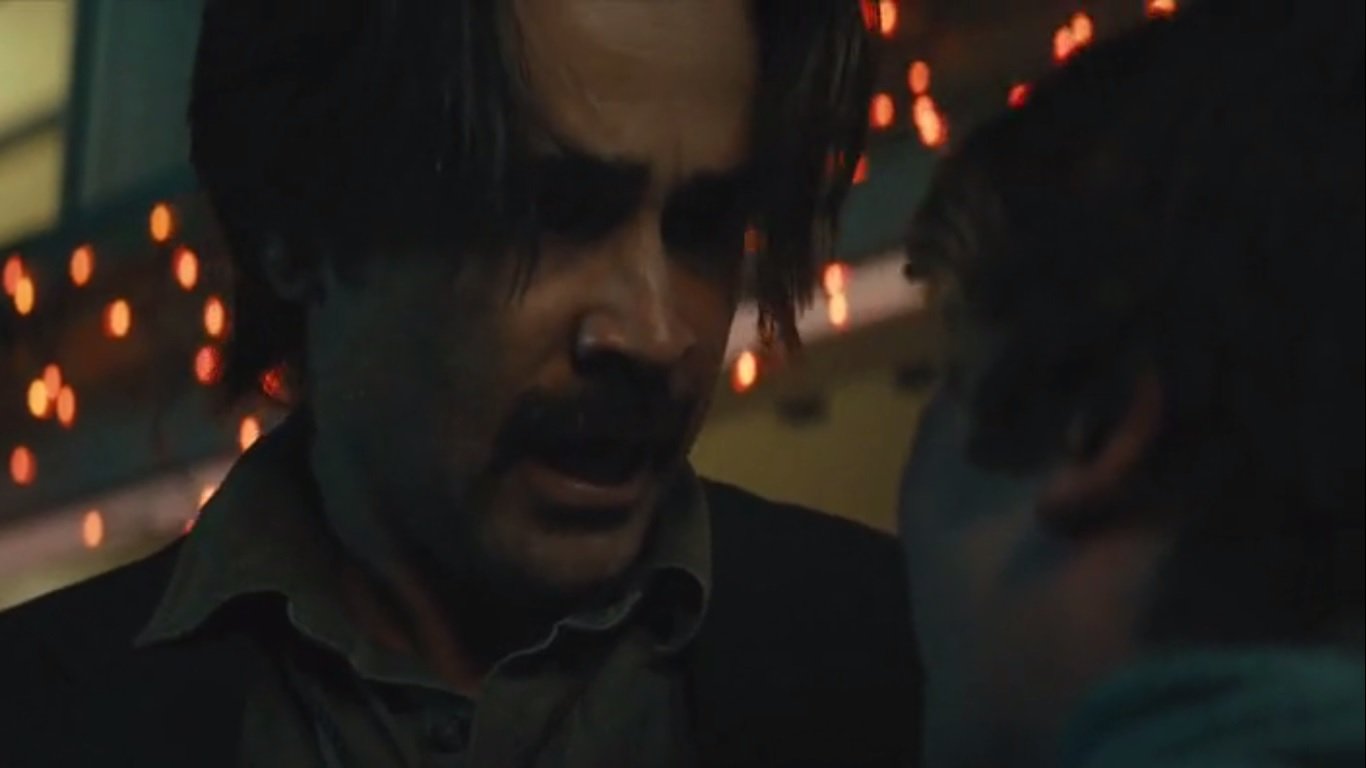That F@%*ing Scene : Showdown in Old Newark
Two weeks ago, I reviewed The Sopranos sequel film The Many Saints of Newark and it admittedly kind of blew my mind. Not that it is a historical piece of cinema or anything, but it’s a supremely well-told, confident gangster movie that never quite indulges in anything. It’s funny, but never silly. It’s violent, but never obscene. It’s action packed, but it never goes through the motions of “giving the people what they want.” There’s no wasted space in this film.
Nothing is in there for the sake of just being in there.
In case you don’t know anything about the movie, I invite you to read my review or even better: watch it. Because I’m about to spoil the shit out of it. Particularly out of my favourite scene: the shootout with Harold McBrayer (Leslie Odom Jr.). I believe most shootouts in fiction are fucking boring. They mean nothing to a story and they’re just a way of shaving off bad guys. This is not the case here. This shootout is absolutely perfect and I’m going to explain why.
What makes three Italian mobsters caught in a shootout so riveting?
I’ve identified three reasons:
1) It doesn’t start as a shootout. This is important because subverting expectations is just as crucial as engineering anticipation in storytelling. When the scene opens, it’s a simple argument between Dickie Moltisanti (Alessandro Nivola) and Buddha (the most Italian-looking Cuban man of all-time Joey Diaz). Buddha’s head explodes halfway through it, which creates the exact same feeling in Dickie and the audience: pure fucking unadulterated terror.
A shootout is a life or death event. It can last seconds or minutes, but it can be the end of your life. It can be the end of the life of someone you love. So, it needs to evoke the proper feelings and the gory, unplanned execution of Buddha does JUST that. It sends the protagonists scrambling for cover. Their friend is dead. Their lives will never be the same. The fact that Harold McBrayer took them by surprise is crucial to how this scene works. It makes it appropriately scary.
2) Choice of weapons. This is part of a bigger point I’m going to make further down, but I’m just going to focus on the antagonists here. Harold McBrayer and his crew are wielding shotguns. These are weapons meant to inflict the maximum possible damage to their target. They come in to kill. None of them talk during the scene, but their choice of weapon and the way they carry themselves talk louder than words ever could. They are on a mission to seek and destroy.
The shotguns also heighten the threat. It’s an old trick in action movies to provide your antagonist with crazy automatic weapons while the protagonist (most often a cop) can only fire one round at the time. The Many Saints of Newark provides context for this trick. Dickie, Johnny and the guys fought off a death squad with their personal defence firearms. It makes their mere survival impressive. It’s a small choice that breathed life into the scene.
3) The way they react is indicative of their personality. This is my favourite detail about this scene. Italian mobsters are sometimes hard to tell apart. They all talk fast. They all wear the same thing. But they couldn’t be any more different here. Hothead Jonny (the great Jon Bernthal) shoots the lights out of the oncoming car. Frankie runs away like the coward he is and gets shot for his trouble. Dickie being the smart, sensitive hero that he is…has the more complex reaction.
Dickie’s first reaction is to make this a fair fight. He goes for a shotgun, which indicates that he’s smart and thinks strategically to a certain degree. Another detail that I love is that he waits for Harold to leave in order to shoot him through the door. He inadvertently saves Harold’s life and seals his own fate. I love everything about this decision. It indicates that intellectually, Dickie was the finest of them all. But emotionally he couldn’t take what the life demanded.
Do yourself a favour. Watch The Many Saints of Newark and pay attention to this scene. It elevates the entire viewing experience.






